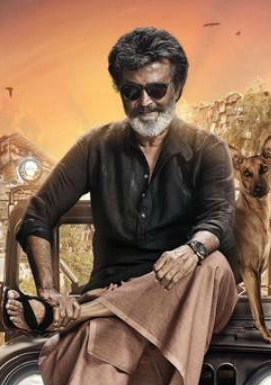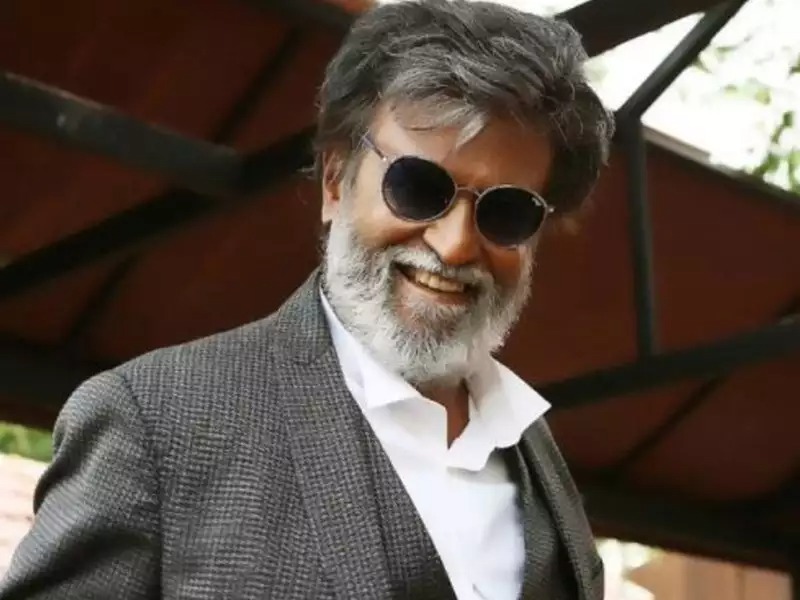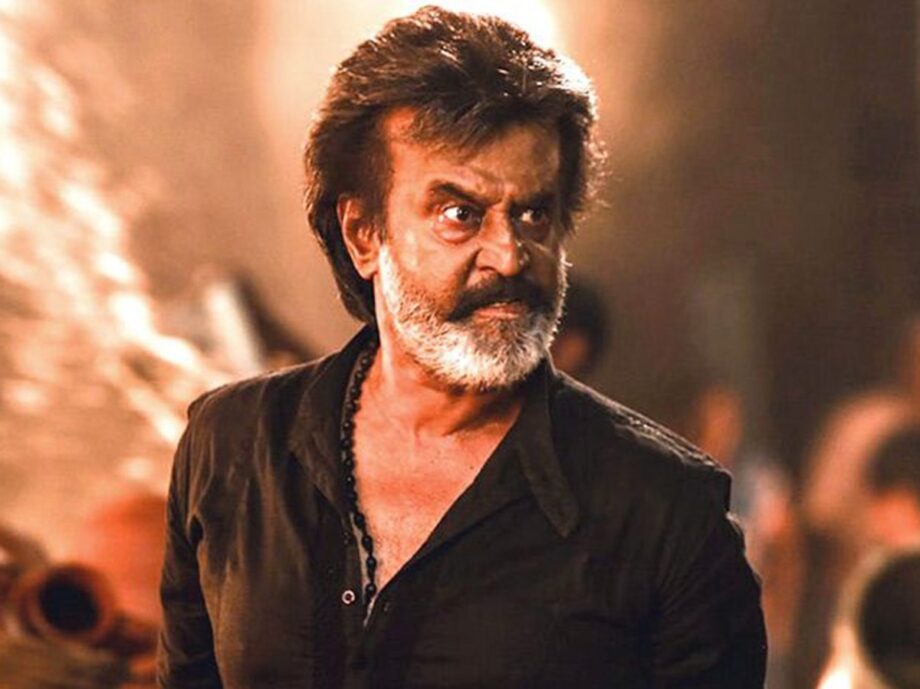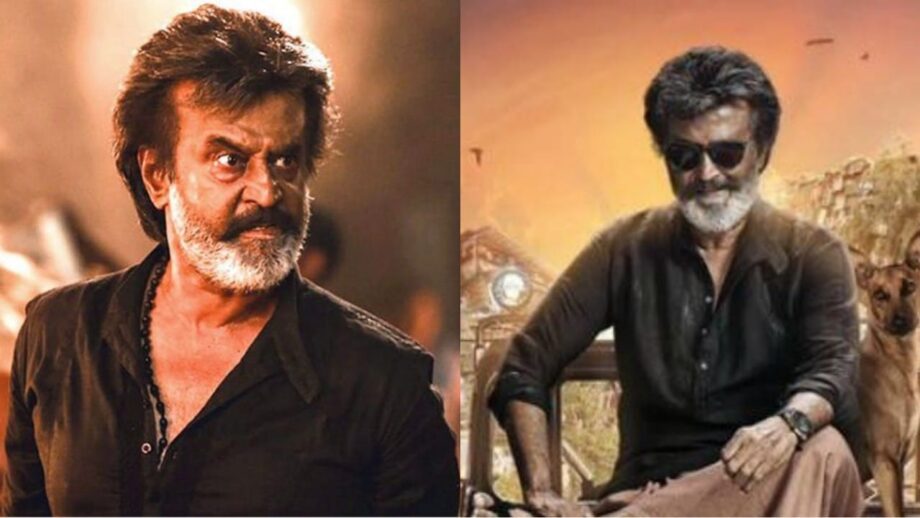Rajnikanth is a name that everyone is familiar with. Any debate about who is India’s “best” actor gradually devolves into a Rajinikanth vs. others battle. And rightly so, because he has controlled the film business in a manner that no one else has. MGR (Maruthur Gopala Menon Ramachandran) may be the only person who has come close to achieving Rajinikanth’s level of adoration.
In an age when Bollywood was the moneymaker’s pick, he made a name for himself in Tamil cinema as Thalaiva, winning love and devotion from fans all over the world.
Rajinikanth, everyone’s favourite, did not start in the film industry; he was a bus operator for the Bangalore Transport Service and even worked as a coolie before that. K. Balachander was the one who saw a young Rajinikanth studying filmmaking at Madras Film Institute.
While other actors of the period played characters who were more interested in being admired, Rajinikanth (like MGR) chose parts that depicted the difficulties of regular people who rose to the occasion against all odds. He got his start in Tamil cinema with negative characters in films like Apoorva Raagangal and Moondru Mudichu.
Let’s get one thing straight: Rajinikanth’s flicks are known for their over-the-top action. Rajinikanth’s films have inspired a new genre of parody, earning him the moniker “India’s Chuck Norris.” The majority of the action has been physics-defying and mind-boggling, yet the audience connects with these sequences because they make them feel empowered. He’s never depicted punching below his weight; instead, he always takes on society’s biggest baddies. Even in Baasha, he fights a whole throng on his own. Indeed, he is a hero to cheer for.
Rajinikanth’s off-screen demeanour as opposed to the personas he portrays on film. He isn’t self-conscious about his appearance, preferring to keep things simple and humble in public. “Nowadays, the abnormal has become usual,” he frequently exclaims in public. “I prefer to be myself.”
Rajinikanth has been a boon to the whole Indian cinema industry. Even though the majority of his work is in Tamil, he managed to transcend boundaries in a way that only Thalaiva could.





